by Ken Lain, the mountain garden
Commercially grown tomatoes are transported while green. Companies spray them with artificial ethylene gas that forces tasteless fruits to turn red before selling them at our local grocery stores. That’s why fresh tomatoes off the vine taste so much better than most “store bought”. If you plan to grow your own tomatoes this year, now is the time to put tomato plants in the gardens.
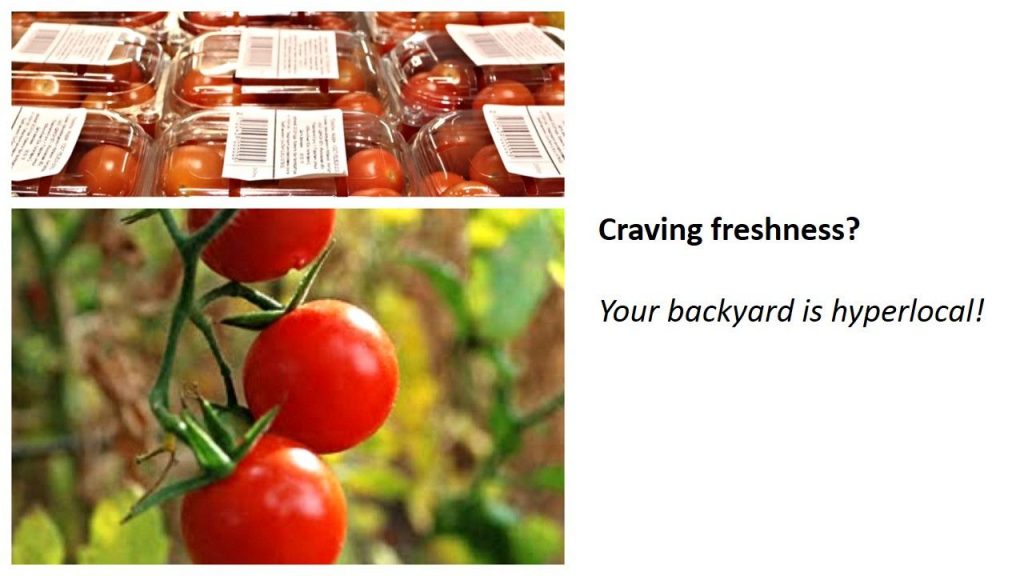
Humans’ consumption of tomatoes has been linked to improved skin and a lower risk of heart disease, even cancer. Eating fresh tomatoes is a rich source of lycopene, beta-carotene, vitamins C and K, potassium, and folate. A study in middle-aged men linked low blood levels of lycopene and beta-carotene to increased risk of heart attacks and strokes. Tomatoes have a protective effect on the inner layer of blood vessels that decrease our risks of blood clotting. All the more reason to grow our own tomatoes this season!
8 Secrets to Better Garden Tomatoes
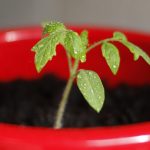
#1 Provide Lots of Light
Tomato seedlings need intense, direct light. Days are short early in the season, so starting seedlings in a sunny window may not provide them with sufficient natural light. Unless you are growing them in a greenhouse, your best option is to use some type of overhead plant lighting for 14 – 18 hours of each day. Ensure that your tomato plants become stocky by keeping young plants only a couple of inches from fluorescent grow lights. Tomato seedlings grow quickly, so check your seedlings daily and adjust the lights accordingly. When you’re ready to move them outside, choose the sunniest part of the garden to plant
#2 Bury the Stems
Plant your tomato plants more deeply than they are in their growers’ pots; plant them all the way up to the top few leaves. When planted this way, tomatoes develop roots all along their stems. More roots make for a more vigorous plant.
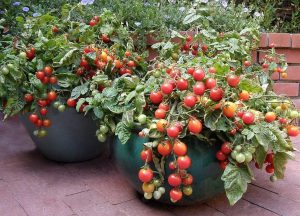
#3 Mulch Tomatoes the First of June
Although mulch conserves water and prevents soil and soil-borne diseases from splashing up on the plants, when put down too early, it shades and cools the soil. Because tomatoes love heat, allow the sun to warm the soil through May. In June, add a 2″ layer of ‘Shredded Cedar Bark’ to repel bugs, reduce weeds, hold moisture, allowing it then to cool the soil of your garden.
#4 Remove the Bottom Leaves
After your plants reach knee height, remove the leaves from the bottom foot of the stem. These are the oldest leaves, and usually, the first leaves to develop fungus problems. Because these leaves sit close to the ground, soil-borne pathogens easily splash up onto your plants. Removing them helps prevent fungal diseases. Spraying weekly with ‘Root & Grow’ compost tea wards off fungal infections.
#5 Pinch and Prune for More Tomatoes
Pinch and remove suckers that develop in the crotch joint between branches. These suckers do not bear fruit and take energy away from the rest of your plant. Go easy on pruning the rest of the plant. You can thin out a few leaves to allow the sun to reach the ripening fruit. But, it’s the leaves that photosynthesize and create the sugars that give tomatoes their inimitable flavor. Therefore, be careful, as fewer leaves mean fewer sweet tomatoes.
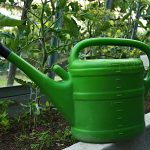
#6 Consistent Water
Water deeply and regularly while the fruits are developing. Irregular watering, missing a week then trying to “catch up”, leads to blossom end rot, or cracked or split skins. If your plants start to look wilted for most of the day, give them a bit more of a drink. Tomatoes are best irrigated before 8 a.m.; never allow plants to go through the evening wet.
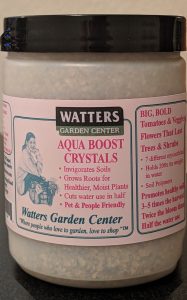
I sprinkle a tablespoon of Watters ‘Aqua Boost’ crystals into the soil around the roots of each plant. These water-holding polymers hold water at the root level. They even encourage faster, more extended root development and sweeter fruit.
After the fruit begins to ripen, ease up on the water. Less water coaxes your plants into concentrating sugars for better flavor. Use your judgment. Don’t withhold water so much that plants continually wilt and become stressed, or they will drop blossoms and possibly the fruit.
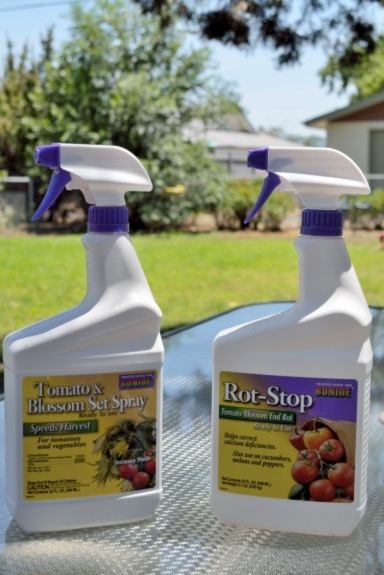
#7 Blossom Set and End Rot
Our mountain nights are cold early in the planting season. Blossom Set by Bonide should be spritzed over the foliage of tomato plants at two-week intervals once your plants are knee-high. This nifty spray focuses your plants on blooming rather than growing more green foliage.
When fruits first form, spritz Rot Stop between the blossom set to increase fruit size and prevent blossom end rot. I always buy a bottle each of Blossom Set and Rot Stop at the start of the season and alternate these two sprays weekly for amazing tomatoes that are melt-in-the-mouth scrumptious.
#8 Varieties and Flavors
We have dozens of fun tomato plants here at Watters Garden Center. Personally, I prefer cherry-sized tomatoes for their early production. I also like named hybrid varieties that grow medium-sized fruits. This ensures that the gardens are producing lots of tomatoes from mid to late summer.
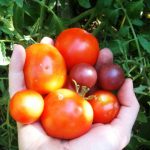
Unless you have a greenhouse stay away from larger Brandy Wine, Big Boy, Beefmaster, Big Beef, and Supersteak. The nights are so cold early in the season and we are notorious for the arrival of our first frost in October, that these varieties don’t have a chance to produce even one ripe tomato. Focus on the medium to smaller cherry tomatoes for faster, season-long production.
Until next issue, I’ll be here at Watters Garden Center helping gardeners plant the perfect tomatoes.
Ken Lain can be found throughout the week at Watters Garden Center, 1815 W. Iron Springs Rd in Prescott, or contacted through his web site at WattersGardenCenter.com or FB.com/WattersGardenCenter.


Love your articles on growing food stuff.
Your staff is great at helping .
Joe